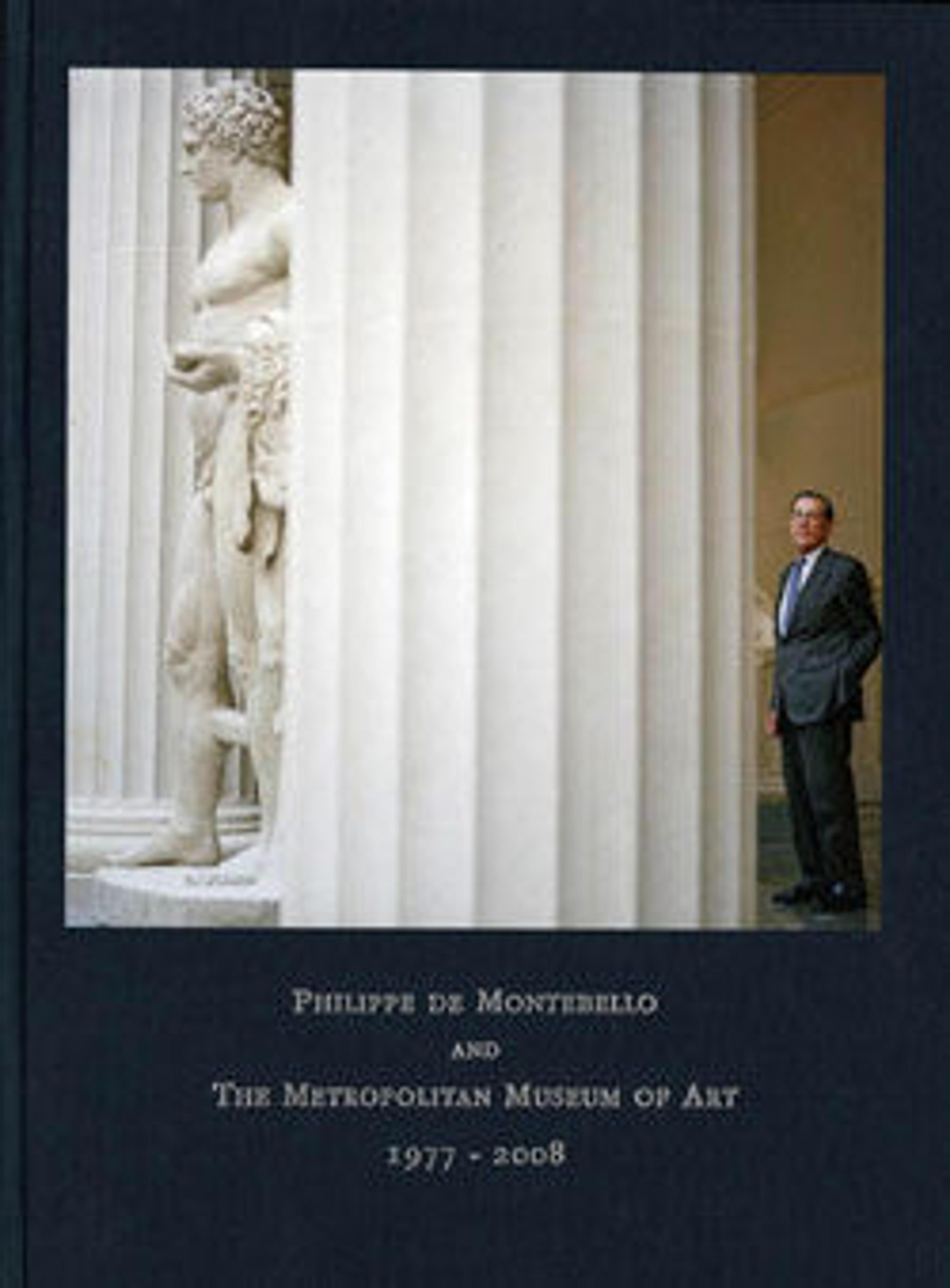War Mask
Masks for use in ritual dances and other ceremonies are well known in Tibet and Mongolia, and were made from papier-mâché, leather, or gilt copper. This mask is exceptionally rare, however, because it was made of iron for use in battle, and is one of only two known masks of this type with distinctly Mongolian or Tibetan features. Bronze and silver war masks were used during the Roman Empire and in the Ancient Near East. Iron war masks dating from the 10th to 13th century are known from southern Ukraine and Russia, from Iran during the 13th century to the 16th century, and Japan, where they were worn by Samurai warriors from the 15th to the 19th century. This example provides a unique Central Asian link in the use of war masks from the western steppes of Europe to the eastern edges of Asia.
Artwork Details
- Title: War Mask
- Date: 12th–14th century
- Culture: Mongolian or Tibetan
- Medium: Iron, copper alloy
- Dimensions: 6 ½ x 5 ¾ in. (16.5 x 14.6 cm); Wt. 7.16 oz. (203 g)
- Classification: Armor Parts-Masks
- Credit Line: Purchase, Arthur Ochs Sulzberger Gift, 2007
- Object Number: 2007.10
- Curatorial Department: Arms and Armor
More Artwork
Research Resources
The Met provides unparalleled resources for research and welcomes an international community of students and scholars. The Met's Open Access API is where creators and researchers can connect to the The Met collection. Open Access data and public domain images are available for unrestricted commercial and noncommercial use without permission or fee.
To request images under copyright and other restrictions, please use this Image Request form.
Feedback
We continue to research and examine historical and cultural context for objects in The Met collection. If you have comments or questions about this object record, please contact us using the form below. The Museum looks forward to receiving your comments.
